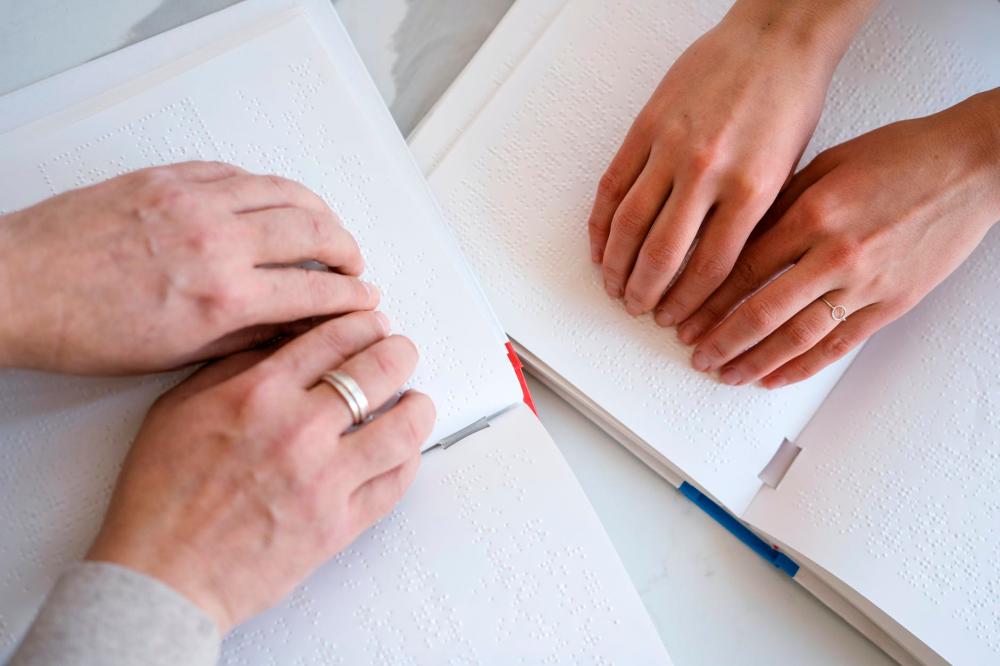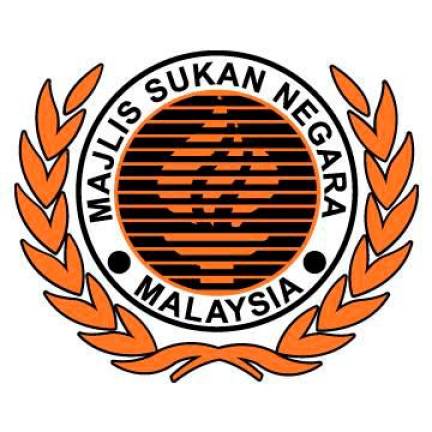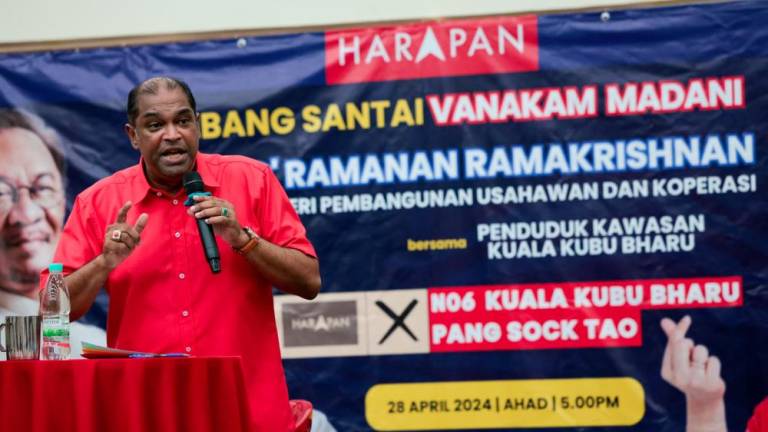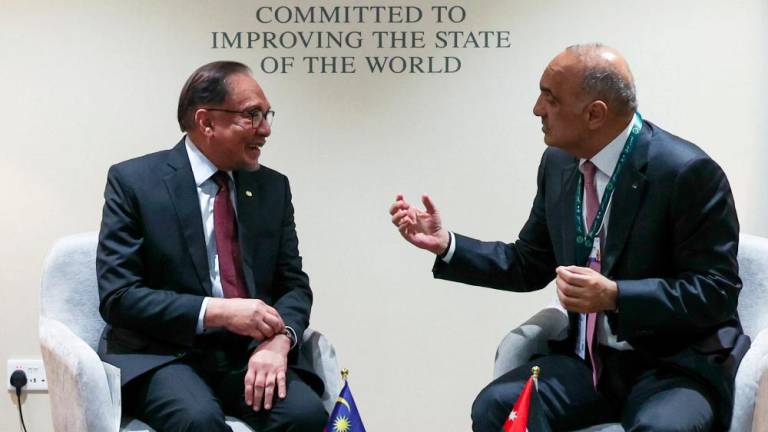HERE is a sharing of my online banking experience from a visually-impaired person’s perspective.
First, some blind technology 101. With the help of the assistive technology, like screen reader, I am able to use my smartphone or computer just like everyone. TalkBack on my smartphone and NonVisual Desktop Access on my computer will read aloud the screen contents to me by interpreting text and image content as speech (text-to-speech).
By swiping the finger or gestures, keyboard arrow keys, keyboard keys combination shortcut would enable the screen reader to interact with most of the operating software, websites and applications.
Digital accessibility simply means disabled user-friendly technology. It enables any system access, navigation or interaction independently by the user without hurdles, if it is fully accessible. The user is capable of interacting with user interfaces designed by the developer such as texts, buttons, forms, menu, links and many more.
Here comes the complexity part that concerns me. Many of the online banking platforms in Malaysia are only partially accessible to blind and visually-impaired persons, thus limiting the degree of usability either on the internet or mobile app banking.
Screen reader readouts like “unlabelled button”, “image1.jpg” or “unknown” are some of the common things we frequently hear, which may deter our system interaction. As a result, we cannot proceed and complete certain transaction(s) online.
Let me highlight some of the online banking issues that I have collected and, do note that it may differ from one bank vis-a-vis another.
● User unable to Login/register due to non-editable form fields and unlabelled login button,
● Unidentified security image at the login page,
● Unable to view transaction history,
● Could not locate the transfer button in the fund transfer page,
● Some primary menu items not responsive.
Despite countless feedback and engagement, there is still noticeable lack of accessibility support awareness on many websites and applications. I humbly appeal to website or application developers for a need to step up by making them fully accessible.
Web Content Accessibility Guidelines and Web Accessibility Initiative are some of the available digital accessibility frameworks by W3C. They highlight mobile and web accessibility standards or guidelines for developers.
In fact, there are Accessibility Testing Tools for web and mobile apps where developers can use for their accessibility evaluation.
Furthermore, blind user usability test is another effective option as developers can receive first-hand user experience feedback.
My wish list for 2022 would be to achieve the following:
● Equal access to internet/mobile banking and ATM debit cards facility for the visually-impaired banking customers;
● More blind user-friendly ATM at highly populated visually impaired community area;
● More 100% accessible websites and apps for everyone;
● More efforts on accessibility refinements on partial websites or applications.
I hope that banks will include our digital challenges in their business New Year’s resolution, making 2022 a truly inclusive year for the blind and visually-impaired community with greater accessibility support on the web and mobile applications.
A huge credit to those developers who have done so much for the painstaking efforts in championing the digital accessibility movement. To be accessible is to be mindful. Not only inclusive by legislation, but inclusive through feasible actions.
Self-reliance and empowerment are the best respect for the disability community.
These are some of
the voices of approximately
53,089 people of the blind and visually-impaired in Malaysia.
Poon Rhui Hung
After Care Officer
St Nicholas’ Home
Penang










